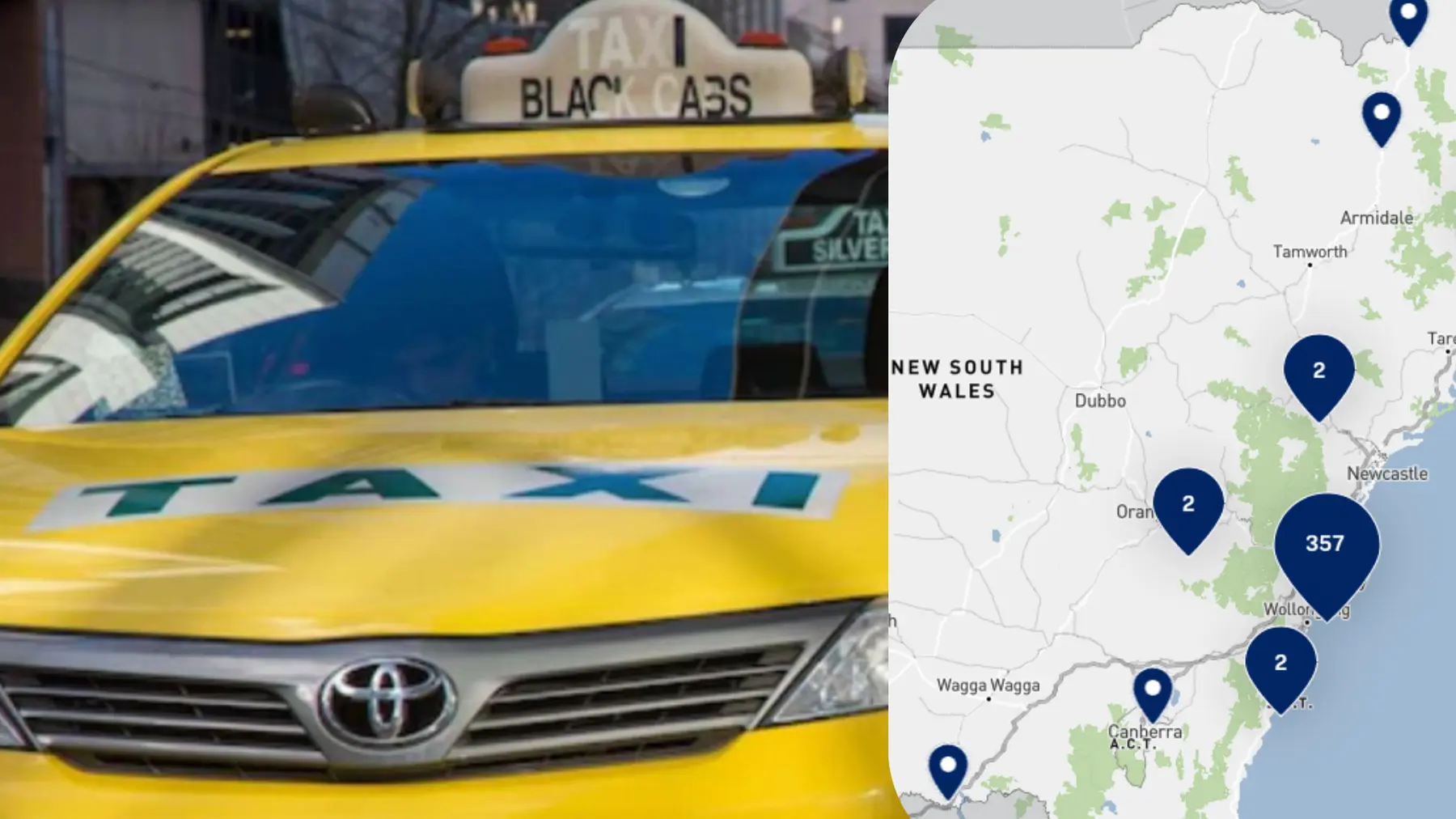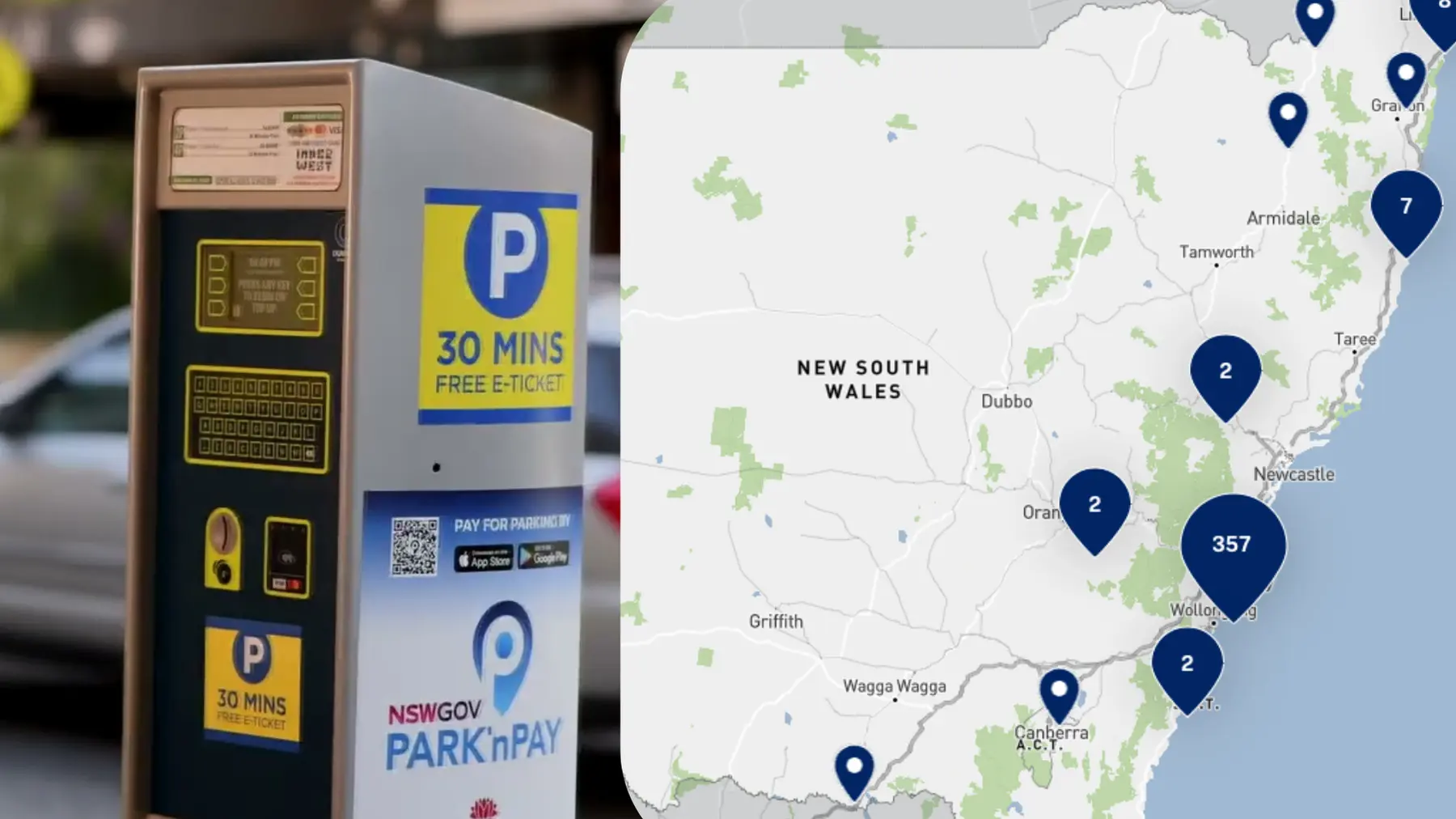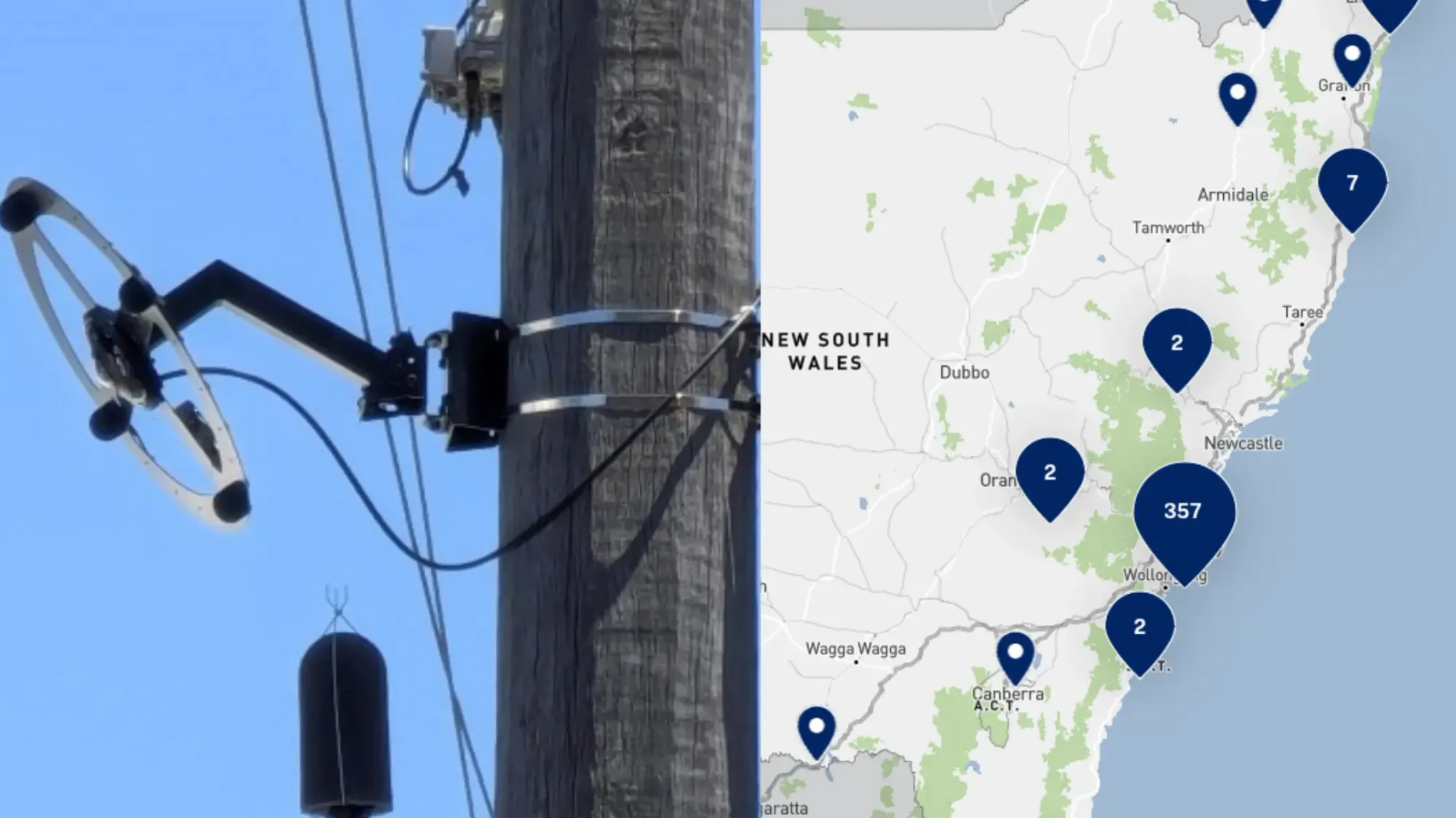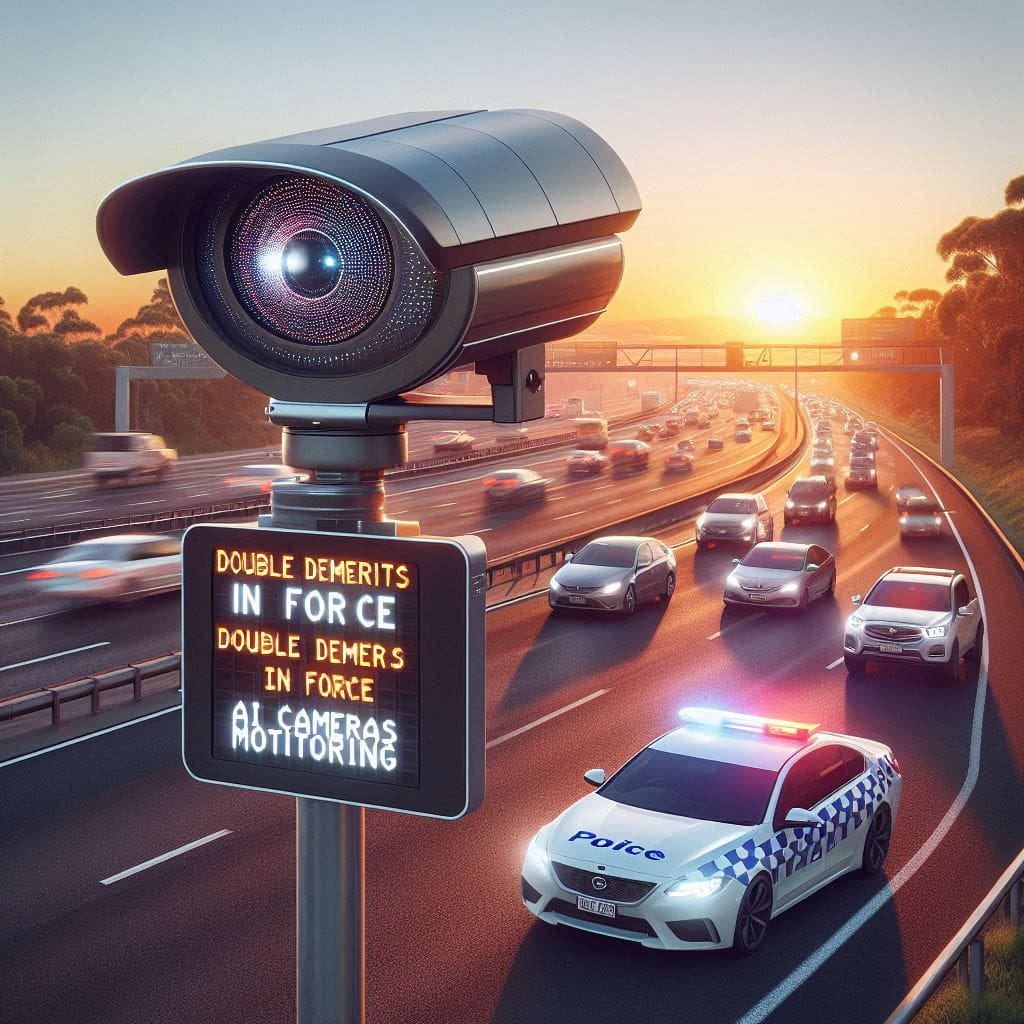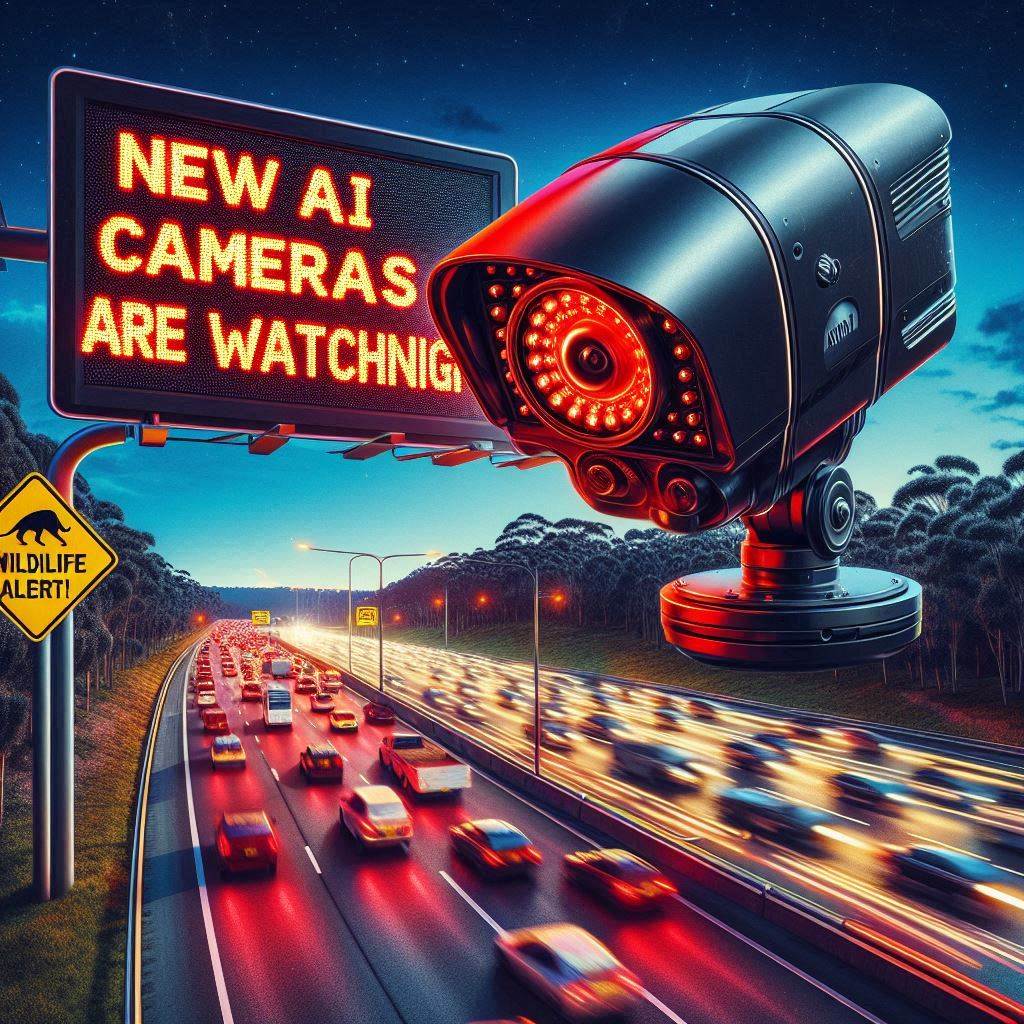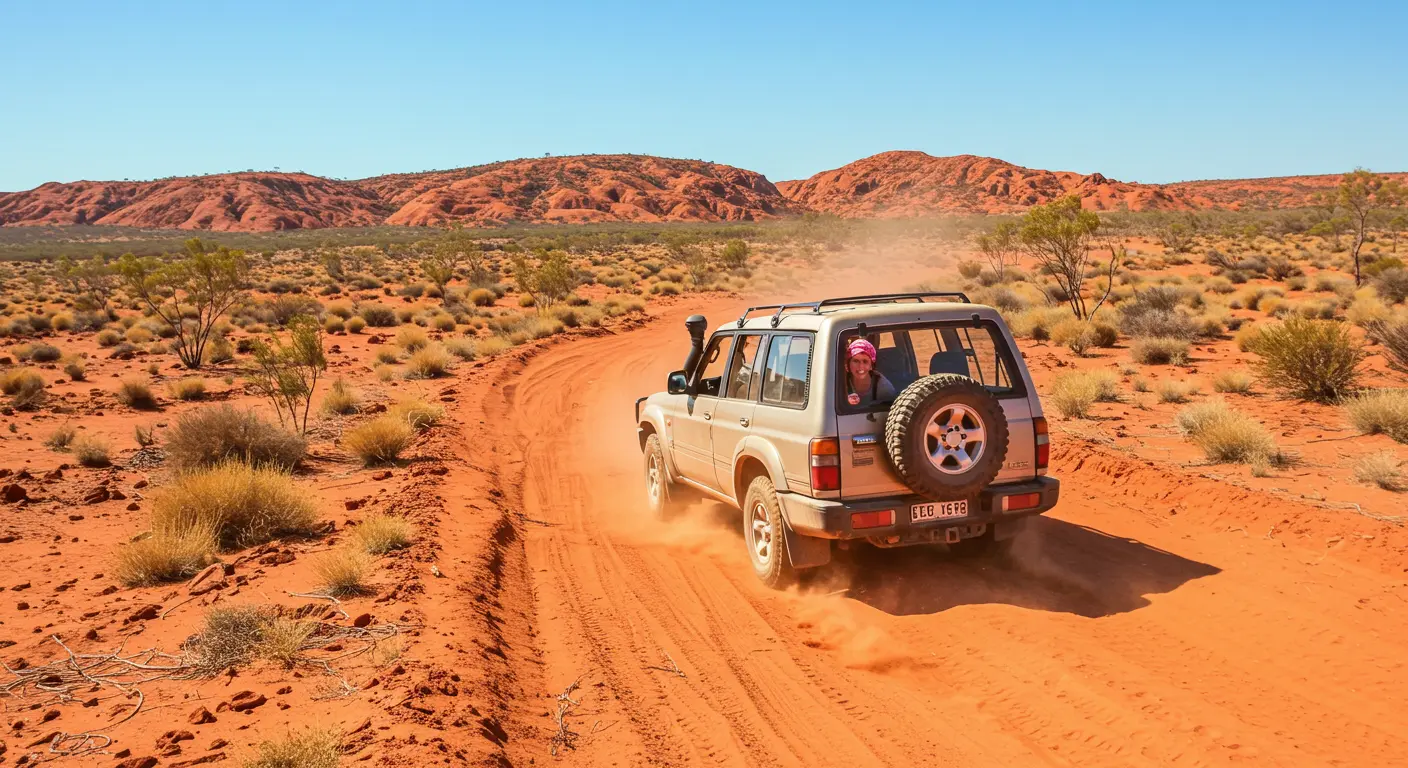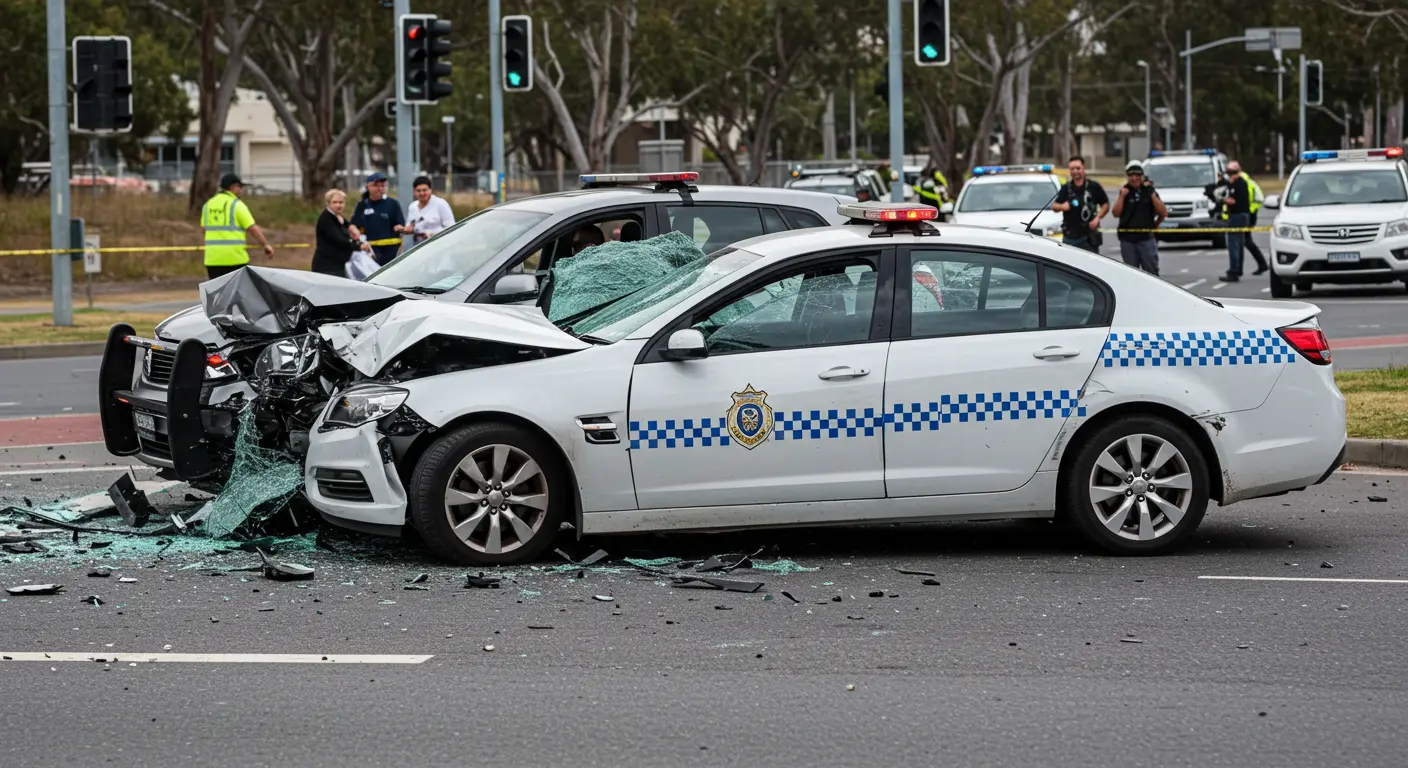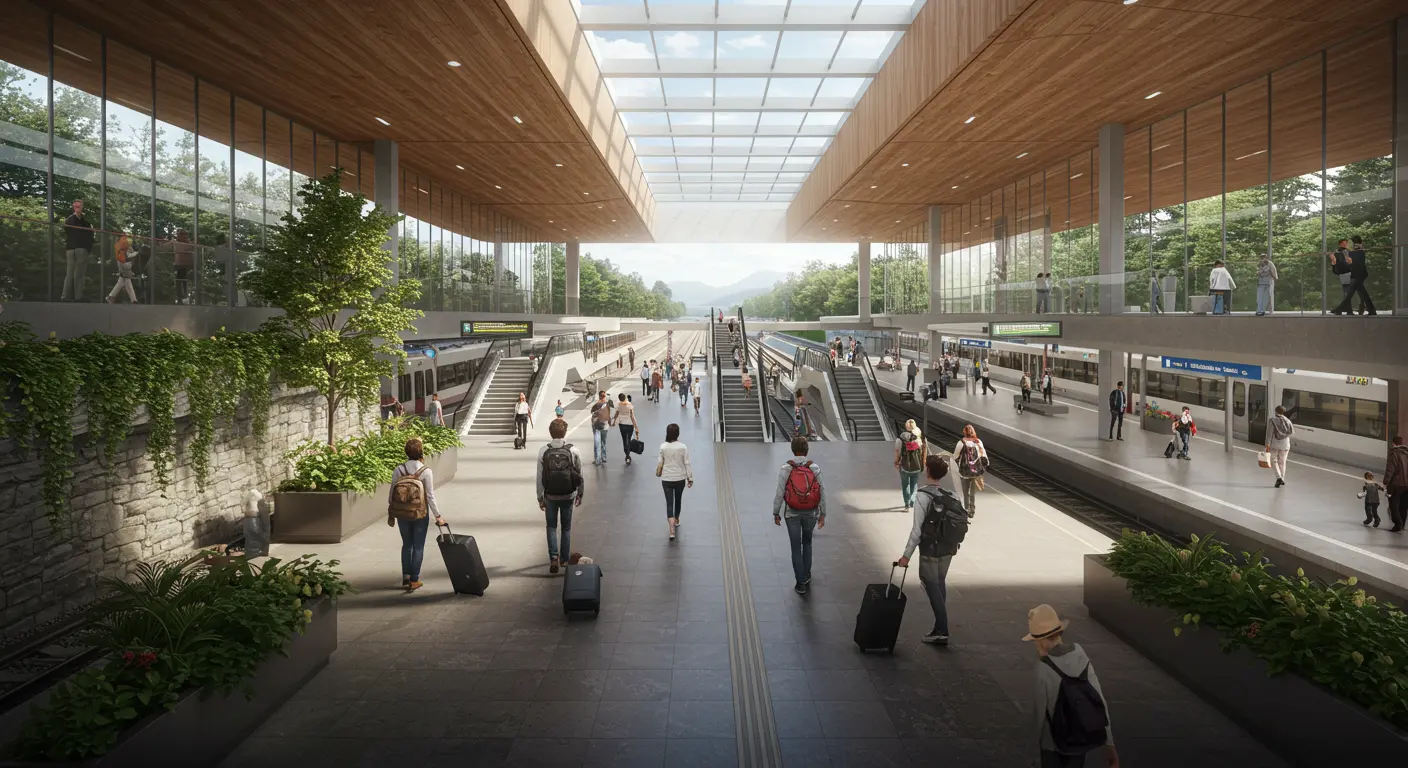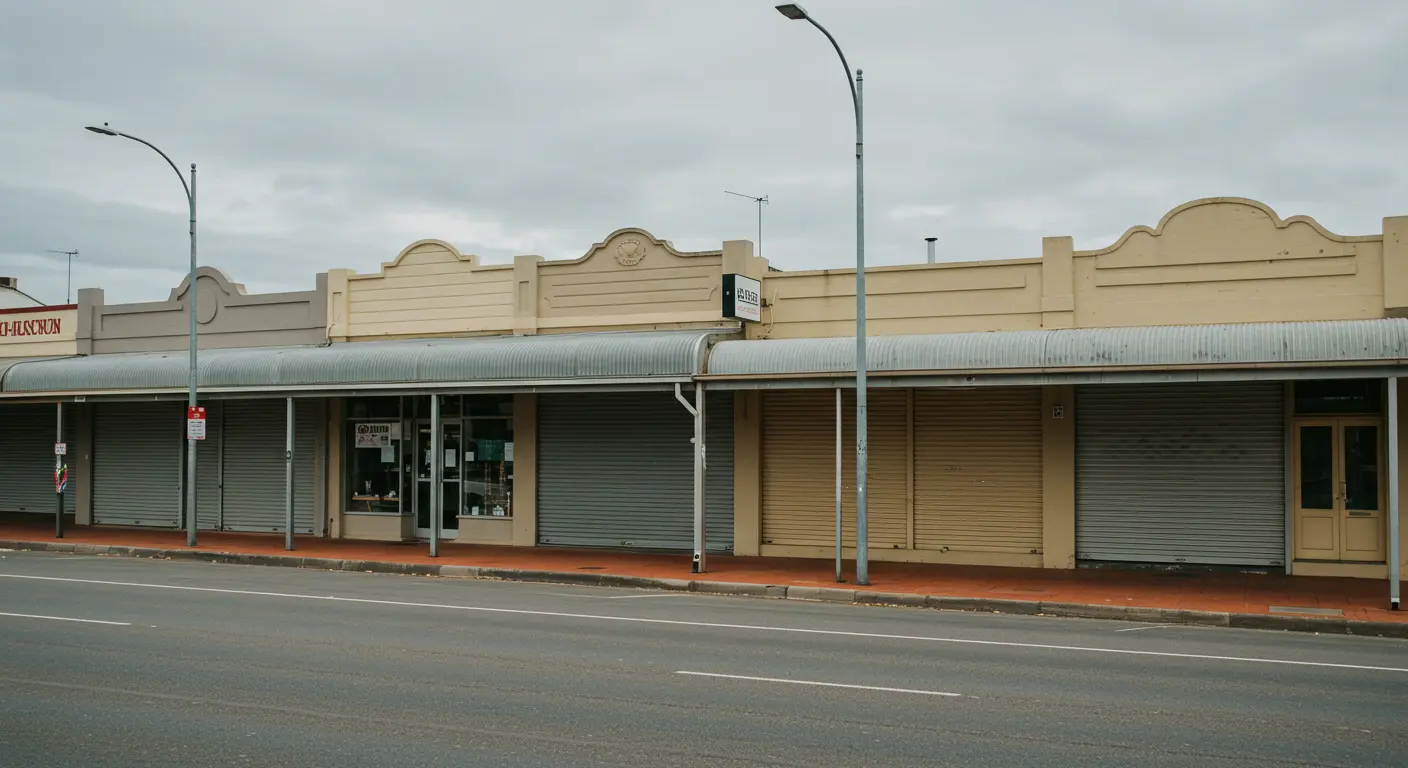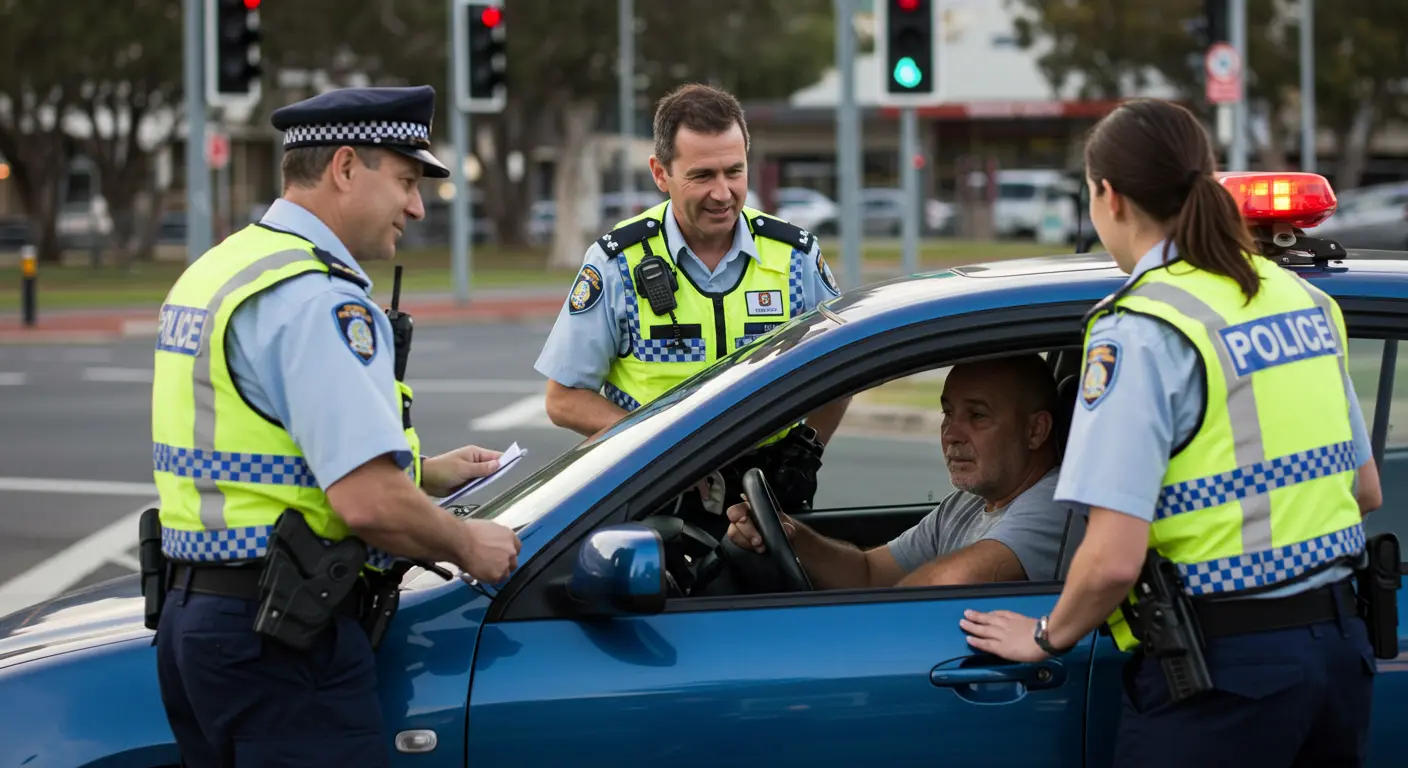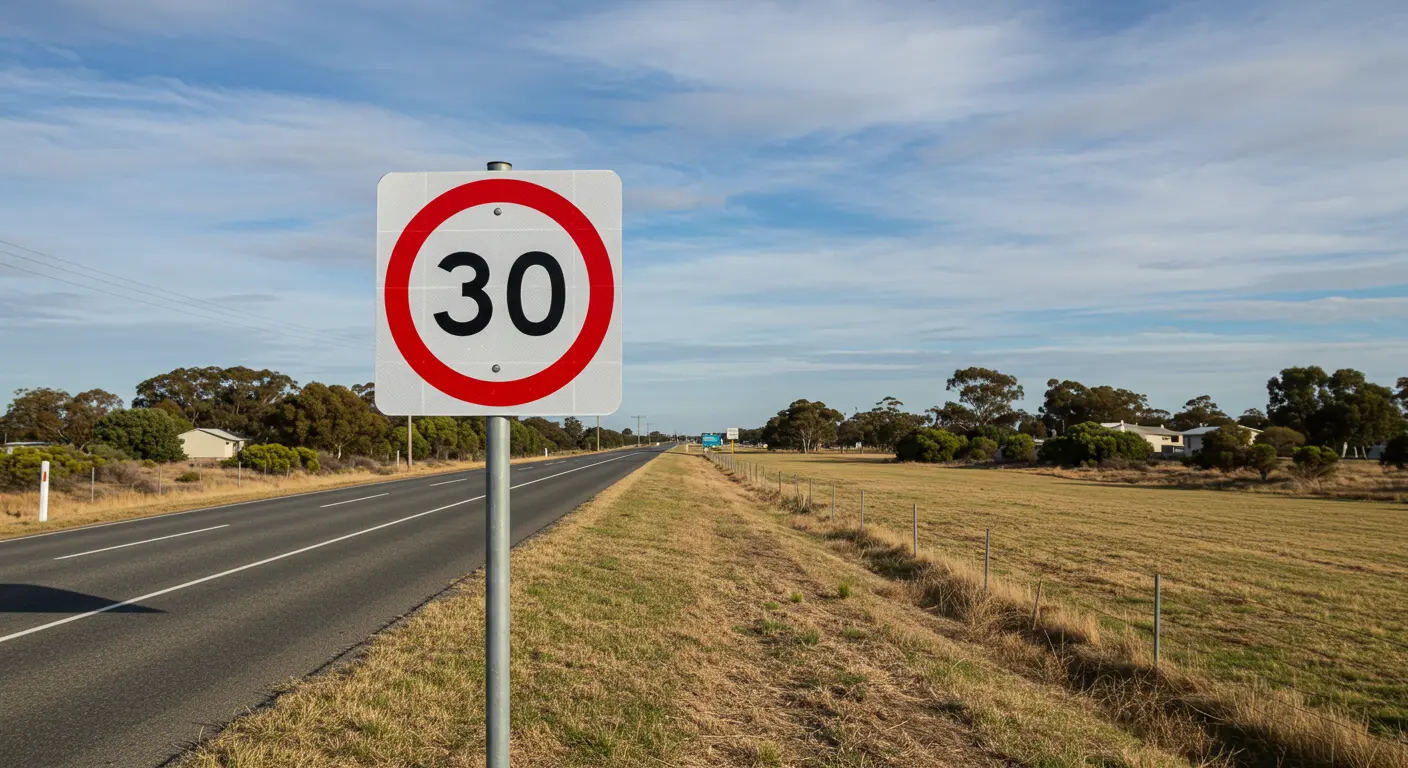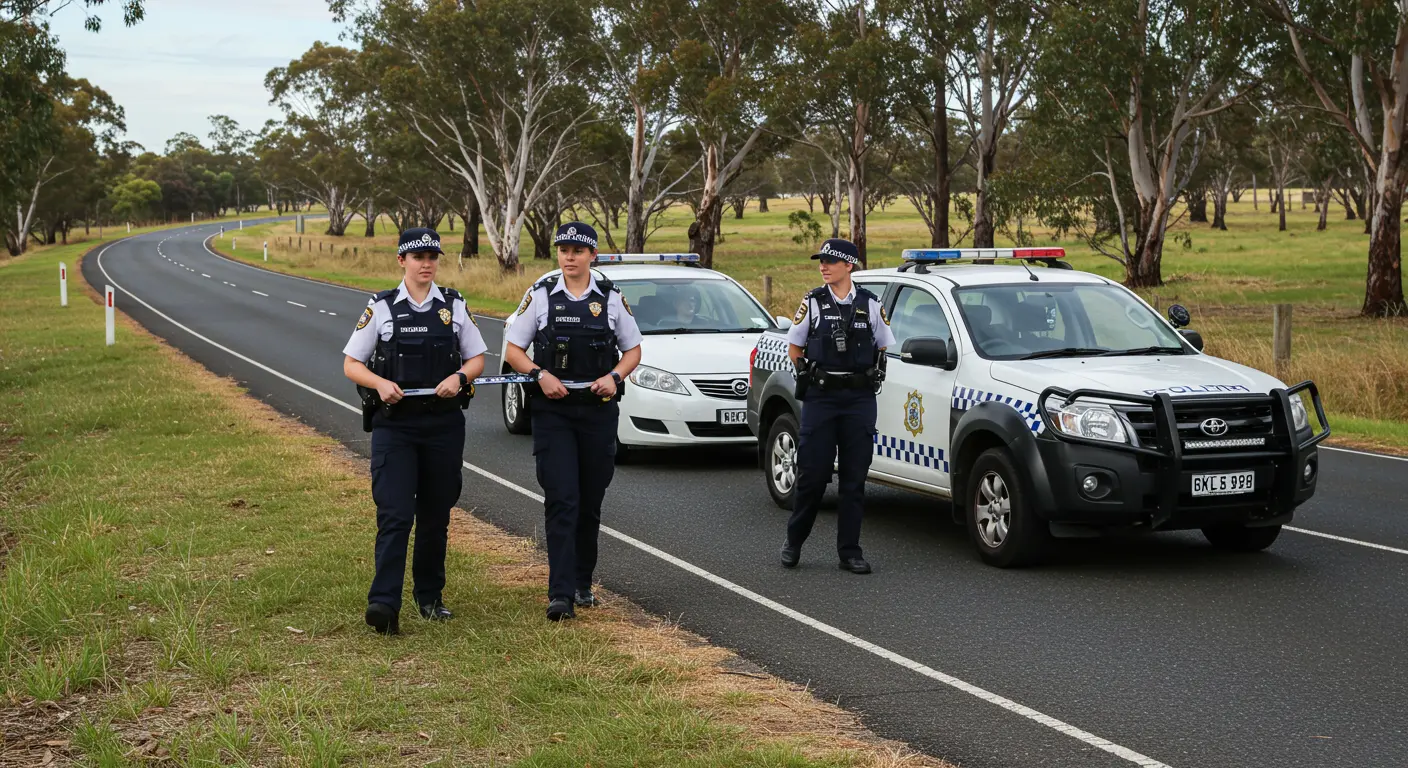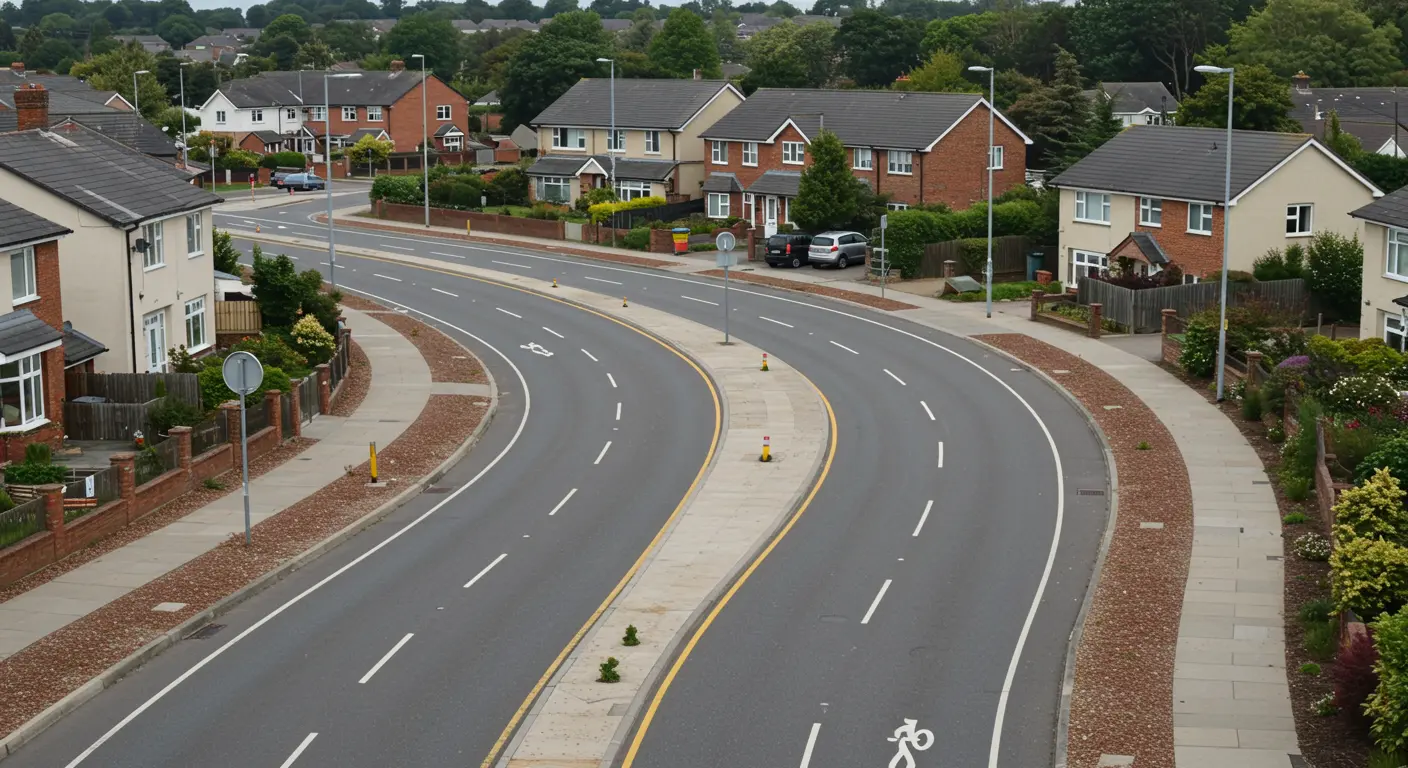Authorities in New South Wales are stepping up their crackdown on excessively loud vehicles, with high-tech noise detection cameras now in operation. The new technology, part of a government-led trial, is already identifying repeat offenders and could soon lead to hefty fines for those who break noise limits.
How the Noise Cameras Work
The noise-detecting cameras, equipped with precision microphones and automatic number plate recognition (ANPR), were installed in December 2024 as part of a multi-agency effort involving NSW Police, Transport for NSW (TfNSW), and the Environment Protection Agency (EPA). These cameras measure sound levels from passing vehicles and capture images of those that exceed legal noise limits.
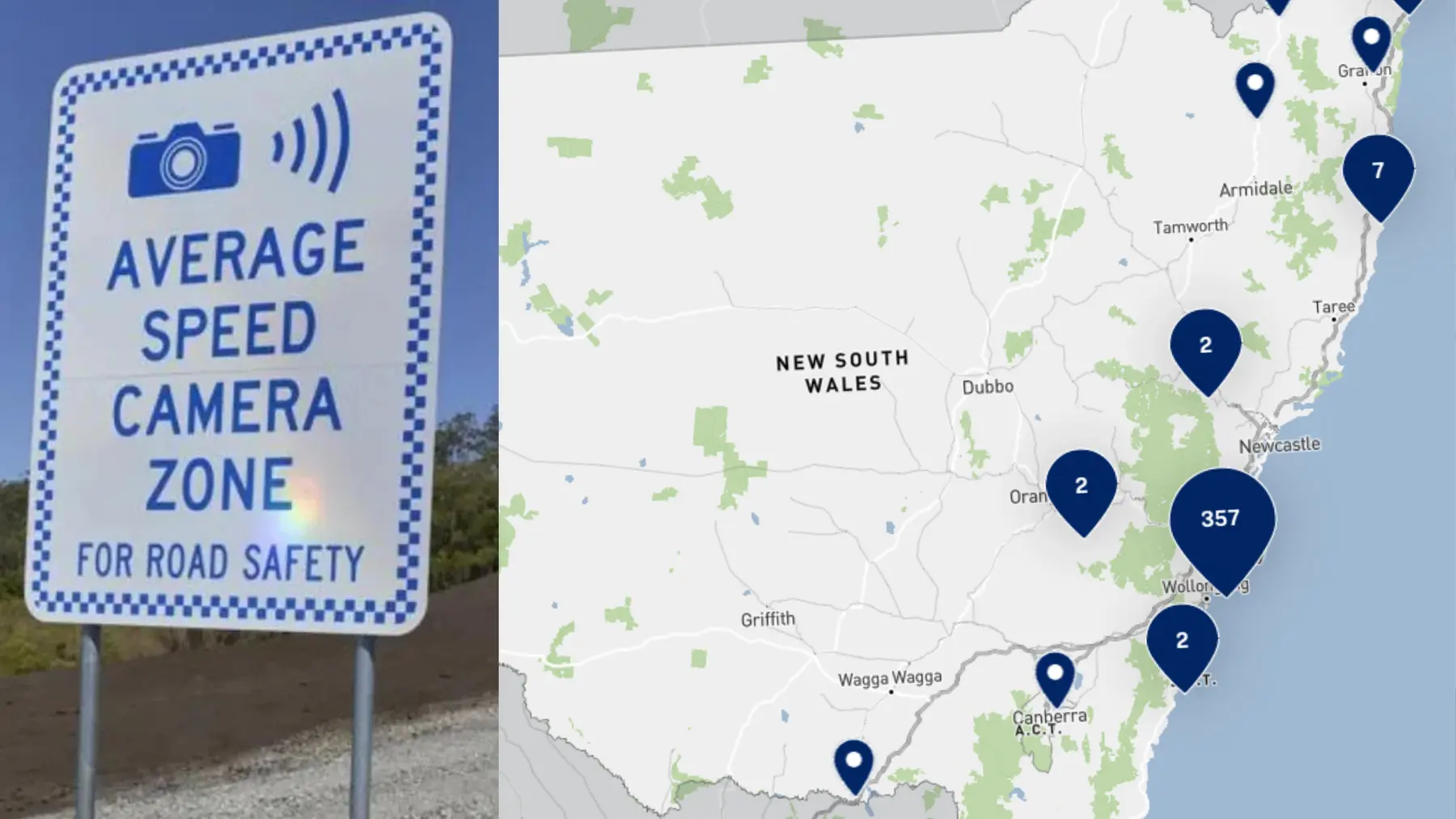
What Are the Noise Limits?
Currently, NSW regulations set the following maximum noise levels:
- Cars under 20 years old – 90 decibels (equivalent to a lawnmower)
- Motorcycles under 40 years old – 94 decibels
Despite these laws, enforcement has historically been rare. However, the new trial aims to change that by automatically detecting offenders, making it easier to issue penalties.
Early Findings Show Motorcycles Are the Worst Offenders
In the first few months of operation, the noise cameras have recorded approximately 1,000 noise breaches, with nearly half attributed to repeat offenders. Data shows that motorcycles are disproportionately responsible for noise disturbances:
- Motorcycles account for the majority of noise breaches, despite making up only 4% of registered vehicles in NSW.
- 183 vehicles have been responsible for 424 noise violations, highlighting the issue of persistent offenders.
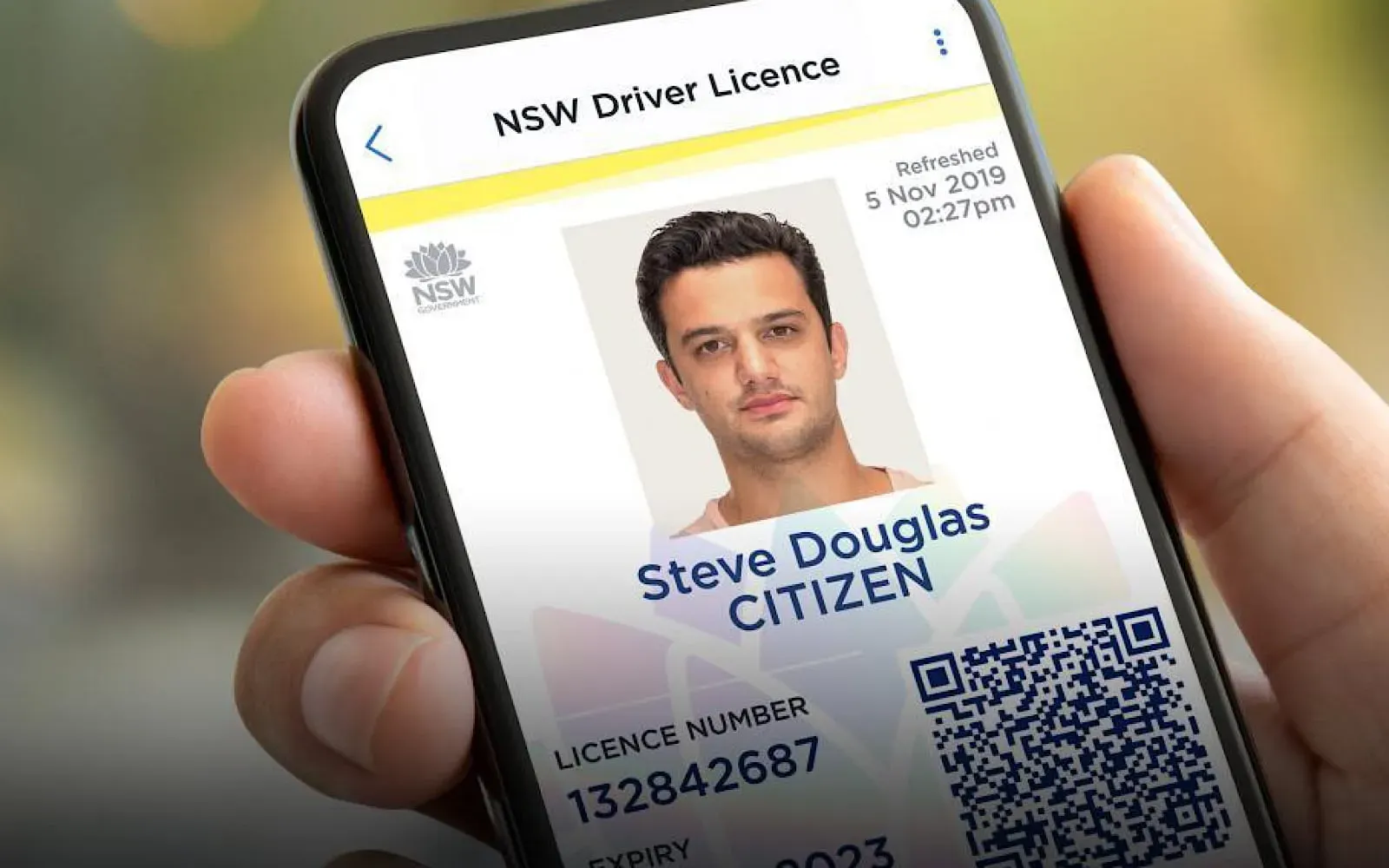
Where Are the Cameras Installed?
So far, the cameras have been rolled out in Wollongong and Bayside, two areas where residents have lodged frequent complaints about excessive vehicle noise. Community feedback has played a role in determining where these devices should be placed.
What Happens Next?
For now, the cameras are operating in a trial phase and are not issuing fines. Instead, authorities are using the data to evaluate the effectiveness of the technology and understand the extent of the noise pollution problem. However, by the end of 2025, the government will decide whether to implement the cameras permanently and use them for enforcement.
A spokesperson for the EPA said: “More data will be collected before the trial concludes in December 2025. The EPA will then prepare a report on the analysed results, which will help inform us if the cameras could be potentially used in a regulatory environment.”
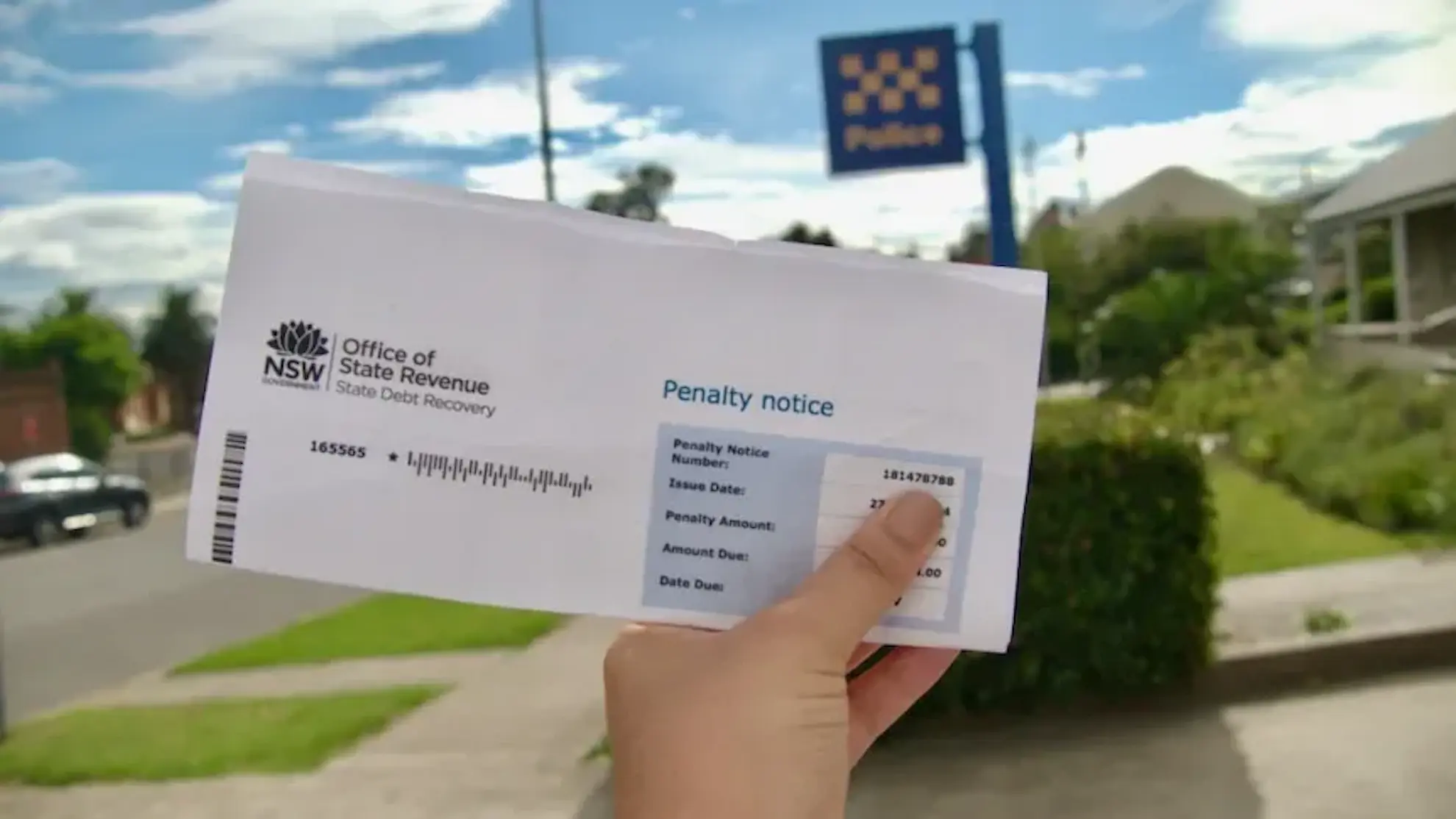
Current Fines for Noisy Vehicles
Under existing laws, drivers who exceed noise limits can face fines of up to $600, but enforcement has been sporadic. If the cameras are approved for full implementation, offenders could soon face automated fines, similar to red-light and speed camera penalties.
What This Means for Drivers
If you drive a modified car or motorcycle with an excessively loud exhaust, now is the time to reconsider. With the government moving toward stricter enforcement, noisy vehicles could soon be hit with automatic fines.
For now, the trial will continue, but as authorities gather more data, a full-scale rollout could be just around the corner.
